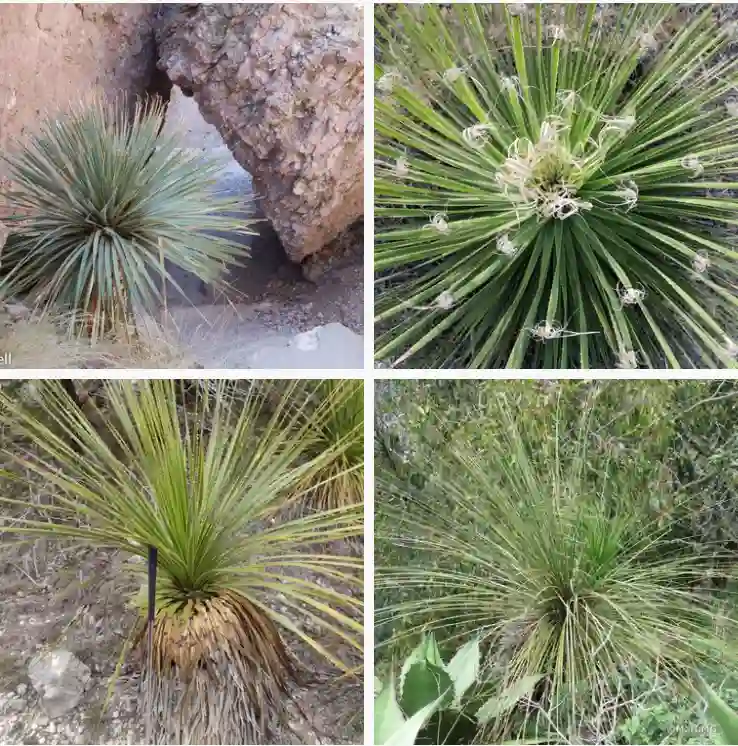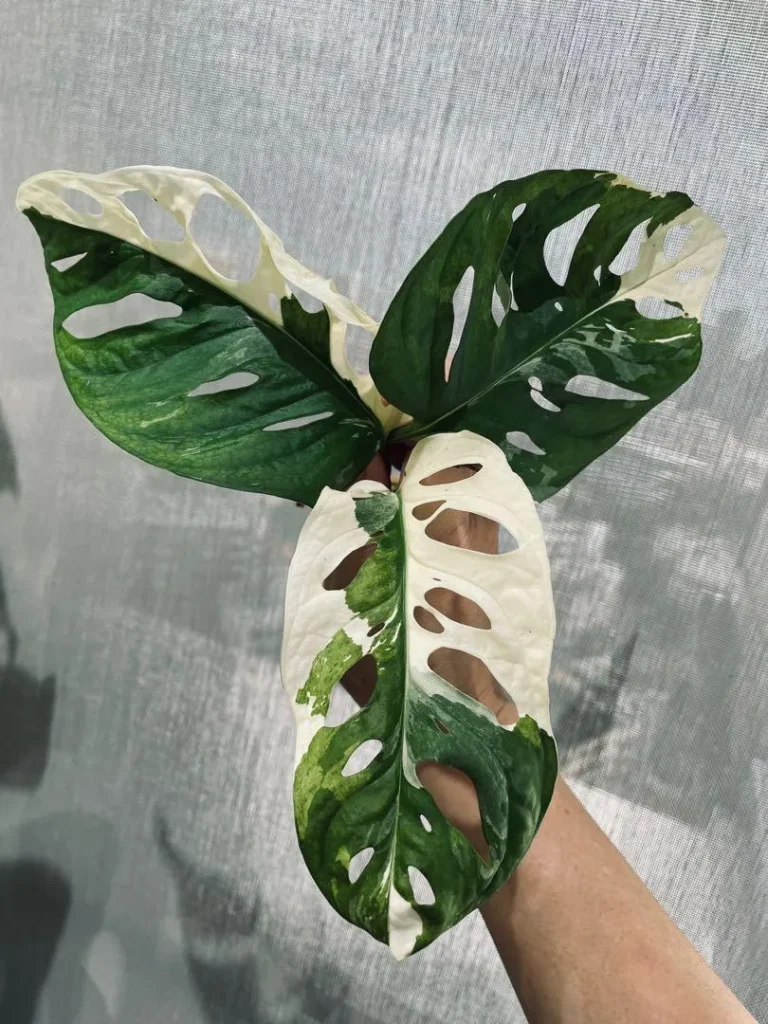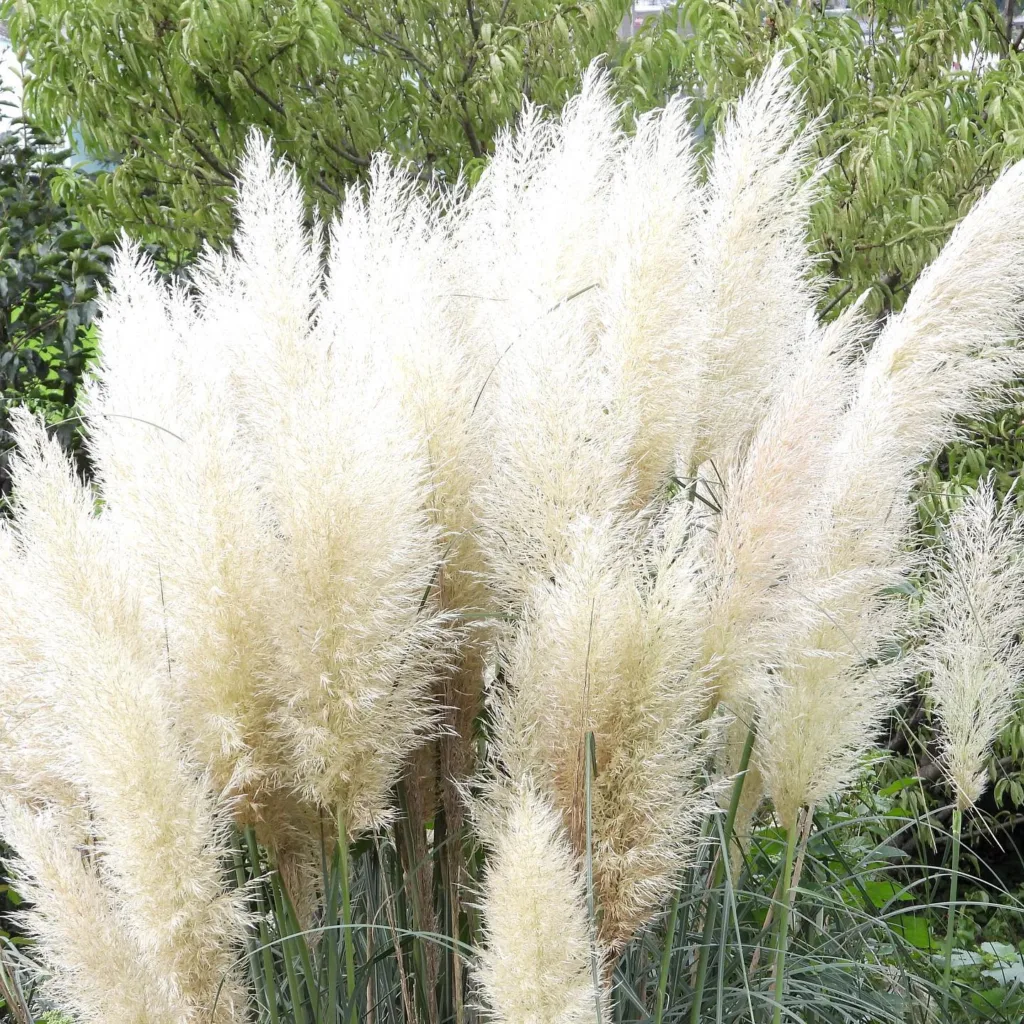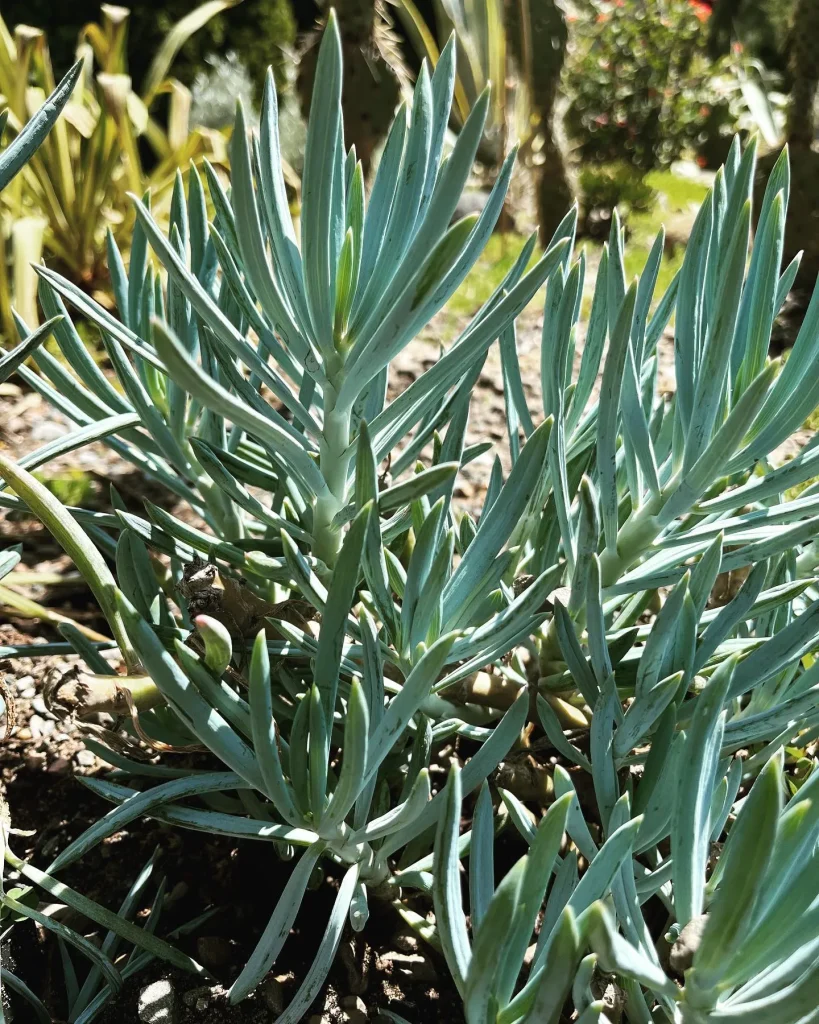FAQs About Carya Tomentosa
Carya Tomentosa, commonly known as the Mockernut Hickory, is a native tree species with unique characteristics and uses. If you’re considering adding this tree to your landscape or are just curious about it, here’s a comprehensive FAQ guide based on my experiences and research.
28 Species in Genus Carya
What Is Carya Tomentosa?
Carya Tomentosa is a deciduous tree native to the eastern United States. It belongs to the hickory family and is known for its large, compound leaves and distinctive, nut-producing fruit. The tree typically grows between 60 to 80 feet tall and features a rough, furrowed bark. Its nuts are edible, although they’re not as commonly consumed as those of other hickories.
How to Care for Carya Tomentosa?
Carya Tomentosa thrives in well-drained soils and prefers a sunny location. It’s relatively low-maintenance once established. Regular watering is essential, especially during dry periods, but avoid overwatering. Fertilizing in early spring with a balanced fertilizer can support healthy growth. Pruning is generally not necessary unless you’re shaping the tree or removing dead branches.
How to Propagate Carya Tomentosa?
Propagating Carya Tomentosa is typically done through seeds. Collect mature nuts in the fall and store them in a cool, dry place until you’re ready to plant. Before planting, stratify the seeds by placing them in a refrigerator for 60 days to simulate winter conditions. Plant the seeds in well-drained soil, about 1 inch deep, and keep them moist. Germination can take several months.
What to Plant with Carya Tomentosa?
Carya Tomentosa pairs well with other native plants and trees. Consider planting it alongside Eastern Redbuds, White Oaks, or American Hollies for a diverse and resilient landscape. For ground cover, native ferns or wildflowers like Black-eyed Susans can complement the tree’s natural aesthetic and provide additional habitat for wildlife.
Can You Grow Carya Tomentosa Indoors?
Growing Carya Tomentosa indoors is not practical. The tree requires ample space and sunlight to thrive, conditions that are difficult to replicate indoors. Additionally, its size and growth habits make it unsuitable for indoor environments. It’s best suited for outdoor landscapes where it has room to grow and mature.
Is Carya Tomentosa Toxic?
Carya Tomentosa is not considered toxic to humans or pets. However, while the nuts are edible, they can be quite hard and may not be palatable to everyone. Some people might find the nuts difficult to crack open, and consuming them in large quantities might cause digestive discomfort. It’s always a good idea to exercise moderation and caution with any new food source.
Benefits of Carya Tomentosa
Carya Tomentosa offers several benefits. It provides excellent shade due to its large canopy, making it a great choice for cooling down your outdoor spaces. Its nuts can be used for wildlife food, and the tree’s wood is valued for its strength and durability. Additionally, it contributes to biodiversity by providing habitat for various species of birds and insects.
Common Problems with Carya Tomentosa
While Carya Tomentosa is generally hardy, it can face some issues. Pests like hickory borers can occasionally cause problems, leading to weakened branches or reduced growth. Fungal diseases, such as hickory anthracnose, may also affect the tree, especially during wet seasons. Regular inspections and proper care can help mitigate these issues.
Carya Tomentosa vs Glabra
When comparing Carya Tomentosa with Carya Glabra (Pignut Hickory), there are some notable differences. Both species are hickories but have distinct characteristics. Carya Tomentosa typically has larger, more rounded nuts with a thicker shell, while Carya Glabra’s nuts are smaller and smoother. The leaves of Carya Tomentosa are usually larger with more leaflets compared to Carya Glabra. Additionally, Carya Tomentosa is more commonly found in the southeastern U.S., while Carya Glabra has a broader range extending into the northeastern U.S.
Comparing with Other Hickories
If you’re considering other hickory species, like Carya Laciniosa (Shagbark Hickory) or Carya Ovata (Shagbark Hickory), note the differences in bark and leaf structure. Shagbark Hickory, for instance, is known for its distinctive, peeling bark and has a more rugged appearance compared to the smoother bark of Carya Tomentosa. Each hickory species has unique attributes, so choosing the right one depends on your specific landscape needs and preferences.
In summary, Carya Tomentosa is a robust and beneficial tree with unique features that make it a valuable addition to any landscape. Whether you’re interested in its ecological benefits, practical uses, or just its aesthetic appeal, understanding these aspects can help you make informed decisions about incorporating it into your outdoor space.
If i die, water my plants!



